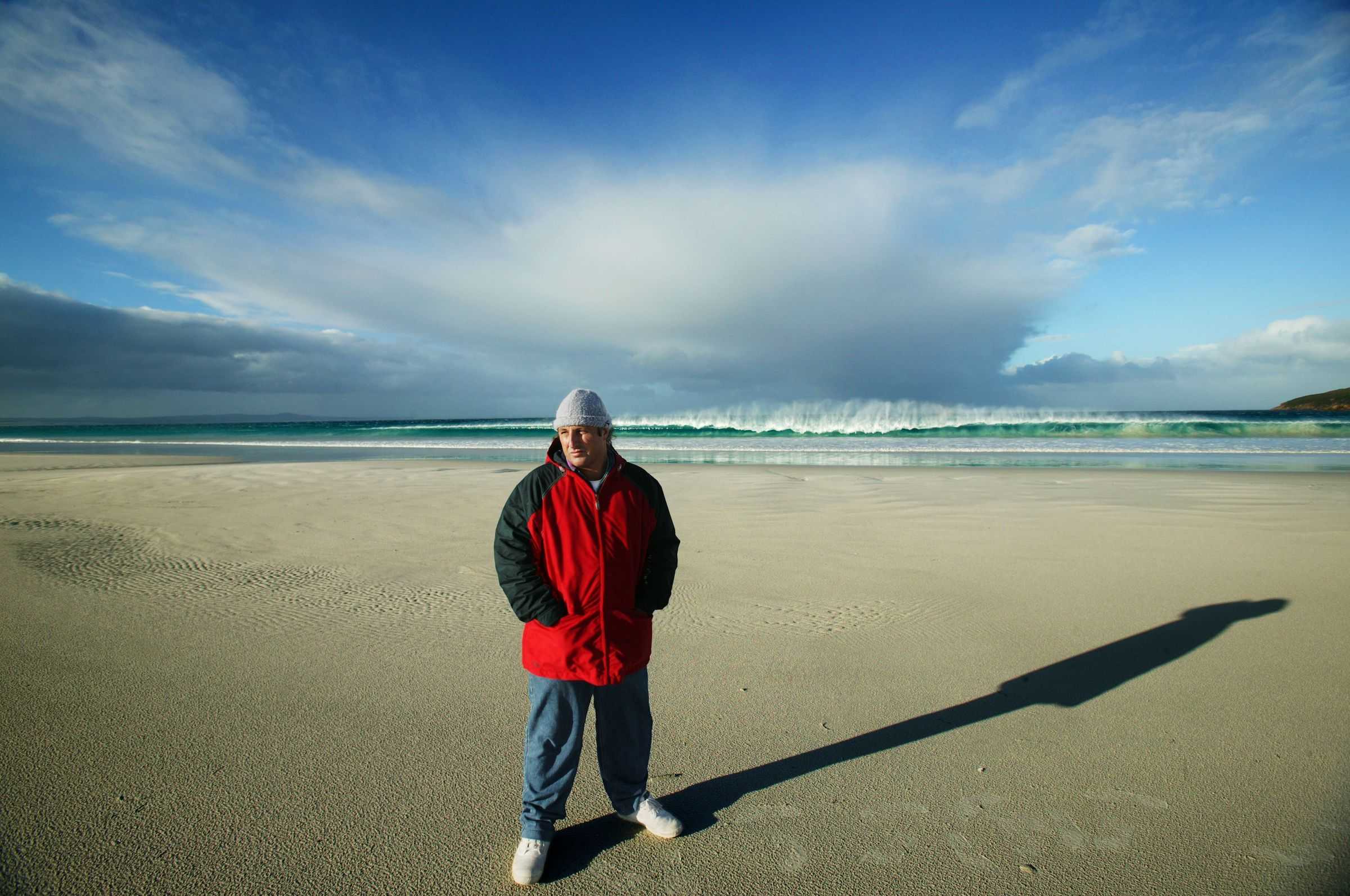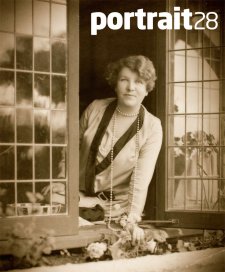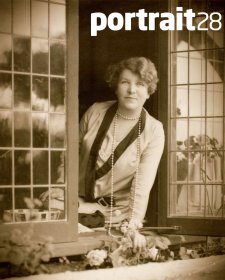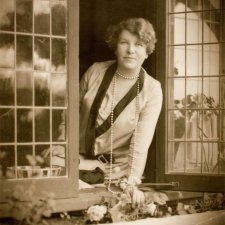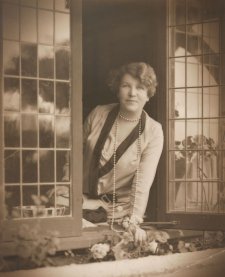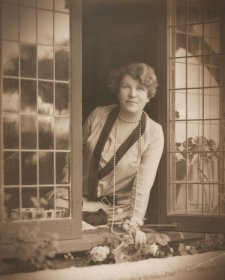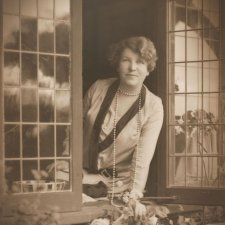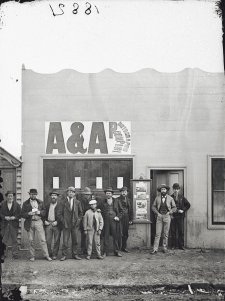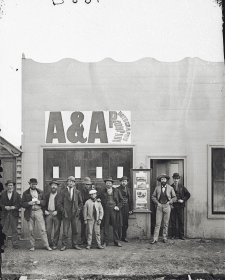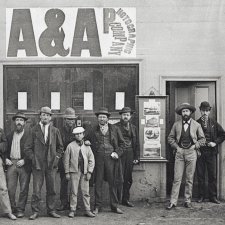Tim Winton said a few years ago that he inhabits a ‘freak world of a person who sees himself as a literary writer but has sold hundreds of thousands of copies.’ A critically and popularly acclaimed author and a designated National Living Treasure, Winton (b. 1960) has been on the National Portrait Gallery’s list of desirable acquisitions for some years.
Quentin Jones’s photograph of Winton on Cheyne Beach, Western Australia, which had been exhibited in the National Photographic Portrait Prize at the Art Gallery of New South Wales in 2005, seemed perfect for the new National Portrait Gallery’s inaugural temporary exhibition Open Air: Portraits and landscapes, in which each portrait subject is profoundly connected with the landscape in which he or she is portrayed. Winton grew up in Perth then moved to Albany, a whaling town. He has surfed all his life and still lives by the Indian Ocean. Most of his books are set in Western Australia; in Dirt Music (2001) and the forthcoming Breath (2008), the sea and shore are a pervasive presence, intrinsic to the drama rather than a backdrop against which events unfold. Quentin Jones (b. 1962) agreed to print the photograph for use in Open Air. However, given that it seemed a quintessential representation of Winton, the Board agreed to acquire the work for the collection.
The portrait of Winton is Quentin Jones’s second photograph in the collection of the National Portrait Gallery, which acquired his shot of chef Tetsuya Wakuda in 2005. Sydney-based Jones has worked for many years for Fairfax publications and it was in this capacity, accompanying a writer from the Good Weekend, that he travelled to Albany to spend a day with Winton in his teenage haunts in August 2004. ‘We drove around Albany,’ he recalls, ‘looking at various places he used to hang out at, like the old whaling station and his old house. The weather was horrible and I was desperate for a good shot. In the late afternoon, we went to Cheyne Beach, where he and his family and friends used to go camping. Tim and I had begun to walk down the beach when it started to rain. Tim had his red parka to keep him dry but I was less prepared. I had almost given up on getting a good shot, when the clouds parted and the setting sun shone through. I lined up a shot and managed to shoot nine frames before the rain came back. But it wasn’t until I was looking at the shots days later in Sydney, that I noticed that breaking wave. Magic.’
Winton told television interviewer Andrew Denton that he decided to be a writer at ten, and ‘spent the rest of my life narrowing down my options so that I couldn’t do anything else’. Taught for a time by Elizabeth Jolley, he wrote for a decade, supported by his parents, his partner and various grants, before his breakthrough came following the publication of Cloudstreet (1991). That novel consistently ranks high amongst Australians’ favourite books, with Dirt Music (2001) and The Riders (1994) following on any ‘top 100’ list, whether popular or cerebral. Cloudstreet and Dirt Music both won the Miles Franklin Award, and both were shortlisted for the Man Booker Prize. In person, Winton is unpretentious; he generally avoids literary festivals because they take him away from work and family. Increasingly, however, his activities extend beyond writing. Remembering a time when he was a boy in Albany where ‘the only whales you’d glimpse were being sawn up and boiled,’ he is Patron of the Australian Marine Conservation Society. When he won the WA Premier’s Award for Dirt Music he immediately handed over the $25 000 prize money to the campaign to save Ningaloo Reef, north of Perth, from development. The proud West Australian made a number of persuasive and moving speeches for the Ningaloo campaign, explaining to an interviewer for New York’s Time Out that in this context, being a ‘kind of piss-ant celebrity finally was useful, and it was a means by which we could interest the public and the media in the fight … It was hugely stressful and I couldn’t write, but it was an education in civics and what people are capable of.’ Since then, Winton has also spoken in defence of Queensland’s Moreton Bay and areas proposed for new development in the Kimberley, and in support of West Australian initiatives to develop wildlife sanctuaries and halt the spread of cane toads in the state.
The portrait of Winton is an exciting addition to the National Portrait Gallery’s collection of contemporary photographs and when the new Gallery opens in December this year it will be one of many beautiful and evocative images in Open Air. Later, it will take its place in the collection display amongst portraits of Australian writers, in which the National Portrait Gallery is particularly strong.
